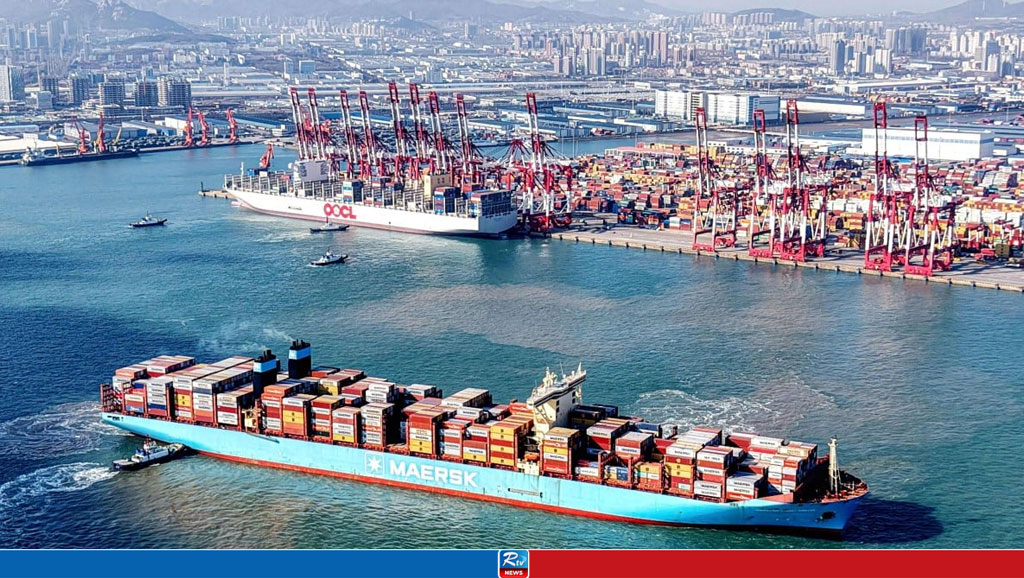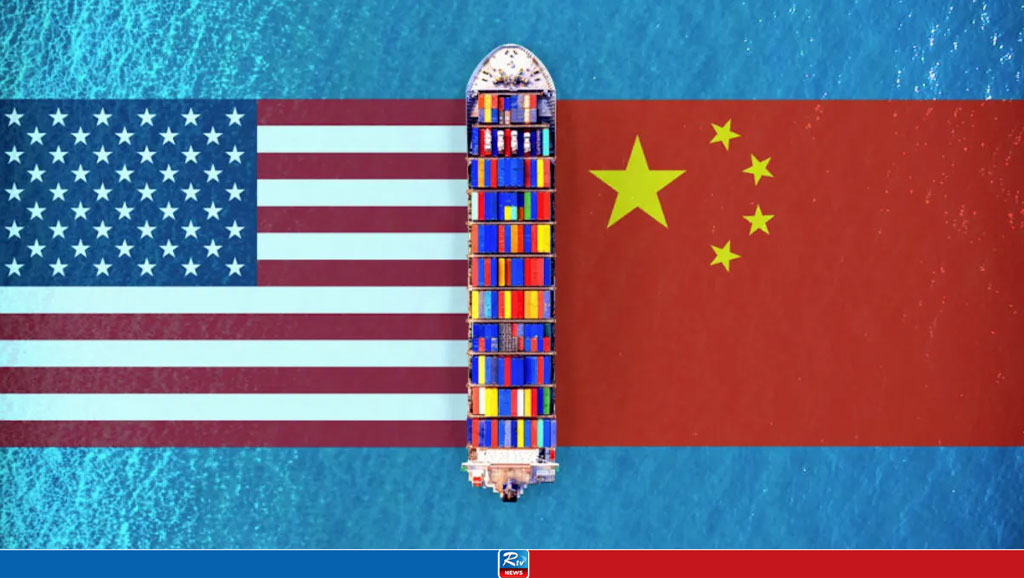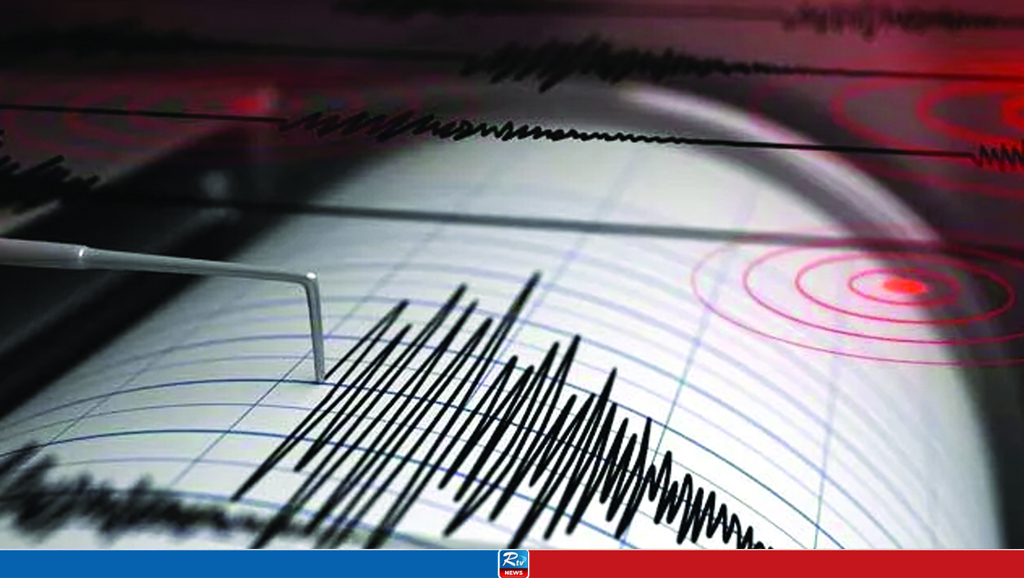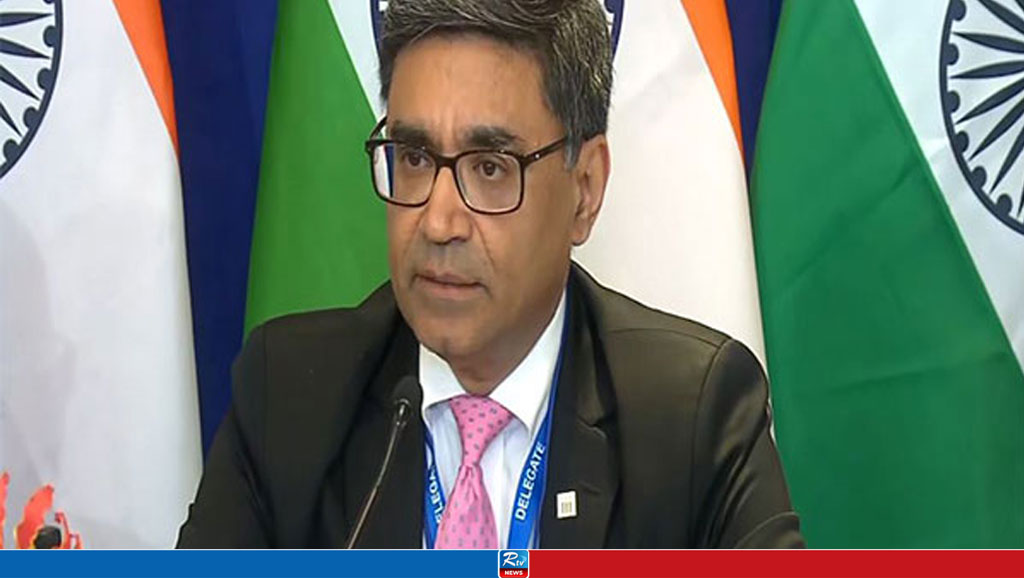Australia unveiled its sub-drone prototype for underwater surveillance

Australia unveiled its sub-drone prototype to support underwater surveillance and mine warfare capabilities in the Indo-Pacific region. The unveiled UUV is a Dive-Large Displacement (Dive-LD) vehicle that will increase Australia’s capabilities to tackle the enemies in Indo-Pacific waters, and even provide assistance in case of United States intervention in the clash, according to Asia Times an English-language pan-Asia digital news platform.
There are plans to create an armed version of the UUV named Ghost Shark. The report by Gabriel Honrada in the Asia Times said that this vehicle will be developed by Australia under a US$100 million partnership with Anduril Australia, the Royal Australian Navy (RAN) and the Defense Science and Technology Group state agency.
The project is under Australia’s Extra Large Autonomous Undersea Vehicle (XL-AUV) program aiming to produce an affordable autonomous underwater vehicle to serve both military and non-military purposes. The partnership for the production of Ghost Shark is intended to deliver the production model for the combat Ghost Shark by 2025, according to the report by Honrada.
Honrada quoted RAN Rear Admiral Peter Quinn in The Warzone report “Due to its modular and multi-role nature, our adversaries will need to assume that their every move in the maritime domain is subject to our surveillance and that every XL-AUV is capable of deploying a wide range of effects — including lethal ones,”.
Further according to Quinn, Australia’s recently released Robotics, Autonomous Systems and Artificial Intelligence (RAS-AI) strategy include “the rapid development of combat-ready prototypes to accelerate operational deployment of game-changing capabilities such as Ghost Shark.”.
Such an addition to the navel capabilities of Australia will prove beneficial in case proliferation of sea mines in the Indo-Pacific Region. In a 2020 report from Sea Power Soundings, Alia Huberman mentions that sea mines will be increasingly prevalent in the Indo-Pacific as more regional states implement their own anti-access/area-denial (A2/AD) capabilities.
Further, Huberman says that carefully placed mines in the Indo-Pacific region can channel enemy forces into a kill zone. It can also be used to slow them down so that, backup can be provided.
Similarly, India is also trying to gather naval warfare capabilities to counter any possible war-like situations. The fifth submarine of the Project – 75, Kalvari Class submarines, Yard 11879 was delivered to the Indian Navy on December 20.
Project – 75 includes the indigenous construction of six submarines of Scorpene design. These submarines are being constructed at Mazagon Dock Shipbuilders Limited (MDL) Mumbai, under collaboration with M/s Naval Group, France. Launched on 12 November 20, Vagir commenced the sea trials on 01 February, 2022. It is a matter of great pride that she has completed all major trials including the weapon and sensor trials in the shortest time compared to the earlier submarines.
Submarine construction is an intricate activity as the difficulty is compounded when all equipment are required to be miniaturised and are subject to stringent quality requirements. Construction of these submarines in an Indian yard is another step towards ‘Aatmanirbhar Bharat’ and enhances self-confidence in this field, a notable achievement is that this is the third submarine delivered to the Indian Navy in a span of 24 months.
The submarine would shortly be commissioned into the Indian Navy and enhance the Indian Navy’s capability.
Source: ANI
Comments
Plane Crash in South Korea: 179 Out of 181 Onboard Killed

19 Pakistani Soldiers Killed in Border Clash with Afghan Forces

Devastating Road Accident in Ethiopia: At Least 66 Dead

Afghanistan Taliban Targets "Several Points" in Pakistan, Tensions Increase

China's Trade Tensions With US Remain High Ahead of Trump Inauguration

China Firing Preemptive Trade War Shots at Trump

UNGA President, Dr. Khalilur Rahman Discuss 2025 Rohingya Conference


 Live Tv
Live Tv




